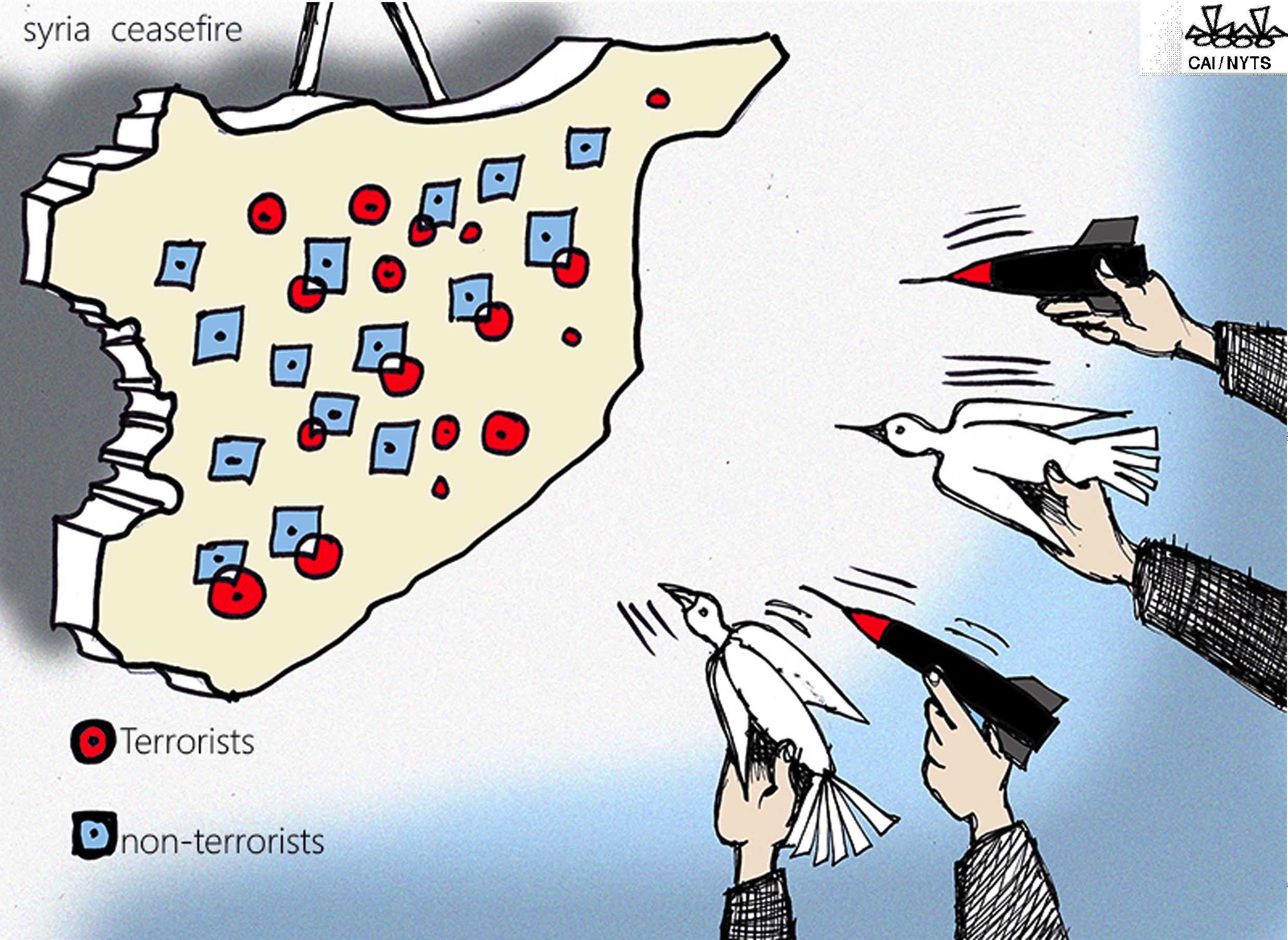So far the Russian plan for a ceasefire in Syria is working remarkably well. The truce that came into effect on Saturday had been observed with only minor violations on all the relevant fronts, and the United Nation's humanitarian coordinator in Syria, Yacoub el-Hillo, called it "the best opportunity that the Syrian people have had over the last five years for lasting peace and stability."
Notice the choice of words there: not Syria's best chance for democracy or reunification, just for "peace and stability." In fact, the truce is a big step toward the partition of the country. But the old Syria cannot be revived, and at least this way the killing will stop for most people — if the truce can be converted into a permanent ceasefire, which is far from certain.
When the Russian military intervention in Syria began only five months ago on Sept. 30, even this unsatisfactory outcome seemed to be out of reach. Indeed, the likeliest futures for Syria were a collapse of the Assad regime and the rapid conquest of the whole country by extreme Islamist forces, or years more of a civil war that had already killed 300,000 Syrians and driven half the country's citizens from their homes.


















With your current subscription plan you can comment on stories. However, before writing your first comment, please create a display name in the Profile section of your subscriber account page.